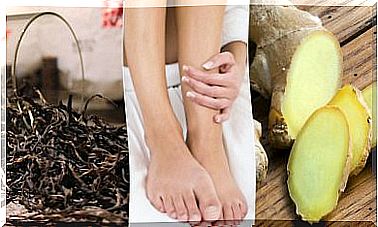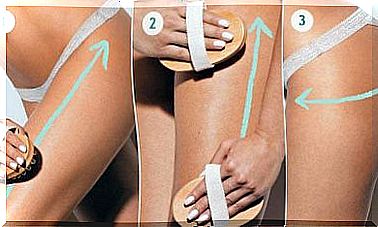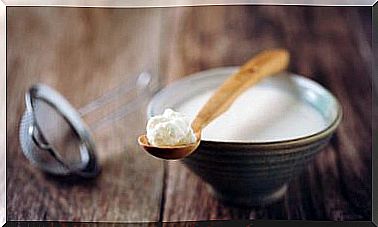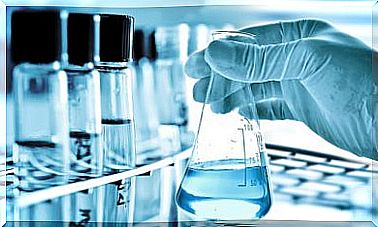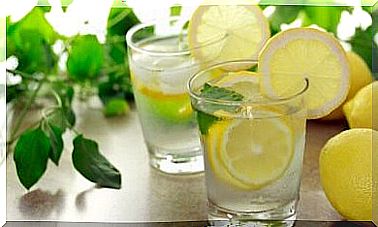10 Possible Effects Of Resveratrol On The Skin
Resveratrol is naturally present in certain fruits and vegetables, including grape skins, nuts, and especially red wine. It has positive effects for the skin, both aesthetically and in the treatment of specific pathologies.
It is used in oral supplements and cosmetic creams. Its oral consumption is well tolerated, safe and non-toxic. Topical application of resveratrol creams is safe, although those with concentrations greater than 0.5% tend to cause irritation.
Effects of resveratrol on the skin
Resveratrol has multiple biological properties, including antioxidant, cardioprotective, neuroprotective, anti-inflammatory and anticancer activities. We are going to list 10 effects of this substance that are related to dermal tissue so that you know them more in detail.
1. Antioxidant for the elimination of free radicals
Resveratrol is considered by many to be an anti-aging molecule. It works as a dual antioxidant that can neutralize free radicals and increase the body’s intrinsic ability to rid itself of them. Topical resveratrol, combined with baicalin and vitamin E, are cosmetic ingredients that can be used for skin rejuvenation.

2. Anti-aging
The Journal in Drugs of Dermatology carried out studies that showed a significant improvement in the following signs associated with dermal aging:
- Fine lines and wrinkles,
- Skin firmness and elasticity.
- Laxity.
- Hyperpigmentation.
- Luminosity and roughness of the skin.
Similarly, the role of resveratrol in preventing photoaging remains under study. Through experimental models, the substance is compared with other antioxidants used in skin care products, so that you can have a complete idea of its effectiveness.
3. Depigmenting
Resveratrol is a direct and indirect tyrosinase inhibitor. Therefore, it is a promising agent for the treatment of pigmentary disorders, considering its various effects on the formation of spots on the skin.
However, despite abundant laboratory evidence, there is scant data from human studies. More clinical trials are needed to demonstrate its full efficacy and safety.
Read also: Hyperpigmentation: why does it happen?
4. Improved acne
American Journal of Clinical Dermatology showed positive results in their studies for resveratrol gel in acne. Although more tests of its effectiveness in different concentrations and formulations must still be carried out to know which is the appropriate formulation in the therapeutic approach plan.
Acne vulgaris is a disease of the pilosebaceous unit, characterized by an inflammatory immune response to the bacterium Propionibacterium acnes ( P. acnes ). Resveratrol demonstrated sustained antibacterial activity against the microbe.
5. Anti-inflammatory supplement
Inflammatory dermatoses are the most common clinical problem in dermatology. Due to the serious side effects of immunomodulators, such as glucocorticoids and tacrolimus, safe and effective alternatives are in high demand. These creams that we have today carry reactions that patients and doctors want to avoid.
Although there is still little or no evidence that it can inhibit skin inflammation in humans, the anti-inflammatory benefits of resveratrol have been well demonstrated in mice with inflammatory dermatoses. Considering this effect, it seems clear that a superlative use of the compound should be the prevention of skin cancer.
6. Anticancer
Oxidative stress is one of the main contributors to the development of skin cancer, such as melanoma. Consequently, antioxidants, including resveratrol, have been used to prevent and treat this cancer condition.
One of the records has been reflected in studies published in the International Journal of Molecular Sciences . Taken together, resveratrol demonstrates possible anticancer activity both in vivo and in vitro .
7. Epidermal regeneration
The topical application of resveratrol accelerates skin regeneration after peeling procedures , through increased collagen production. Reduces irritation caused by the technique and redness of the skin.
Formulations with the substance have been shown to stimulate fibroblast proliferation and contribute to increased collagen III concentration. Both substances are participants in the healing processes.
8. Ultraviolet (UV) protection
Excessive exposure to UV radiation causes sunburn, photoaging, and skin cancer. Both in vivo and in vitro studies have shown that resveratrol protects the skin from ultraviolet radiation. In addition to UVA irradiation, it can also protect keratinocytes (skin cells) from UVB-induced damage.
You may be interested: Keys to protect yourself from UV rays
9. Keloids
Studies of Bioscience, biotechnology and biochemistry suggest benefits of resveratrol for keloids. A keloid is an exaggerated scarring of the skin with overgrowth of the fibers and cells involved.
Resveratrol induced apoptosis of keloid fibroblasts, in parallel with reductions in mRNA expression levels for collagen 1 and procollagen 3, while increasing the expression of SIRT1. All this means that the exacerbated mechanism that culminates in aberrant forms of healing is slowed down and even stopped.
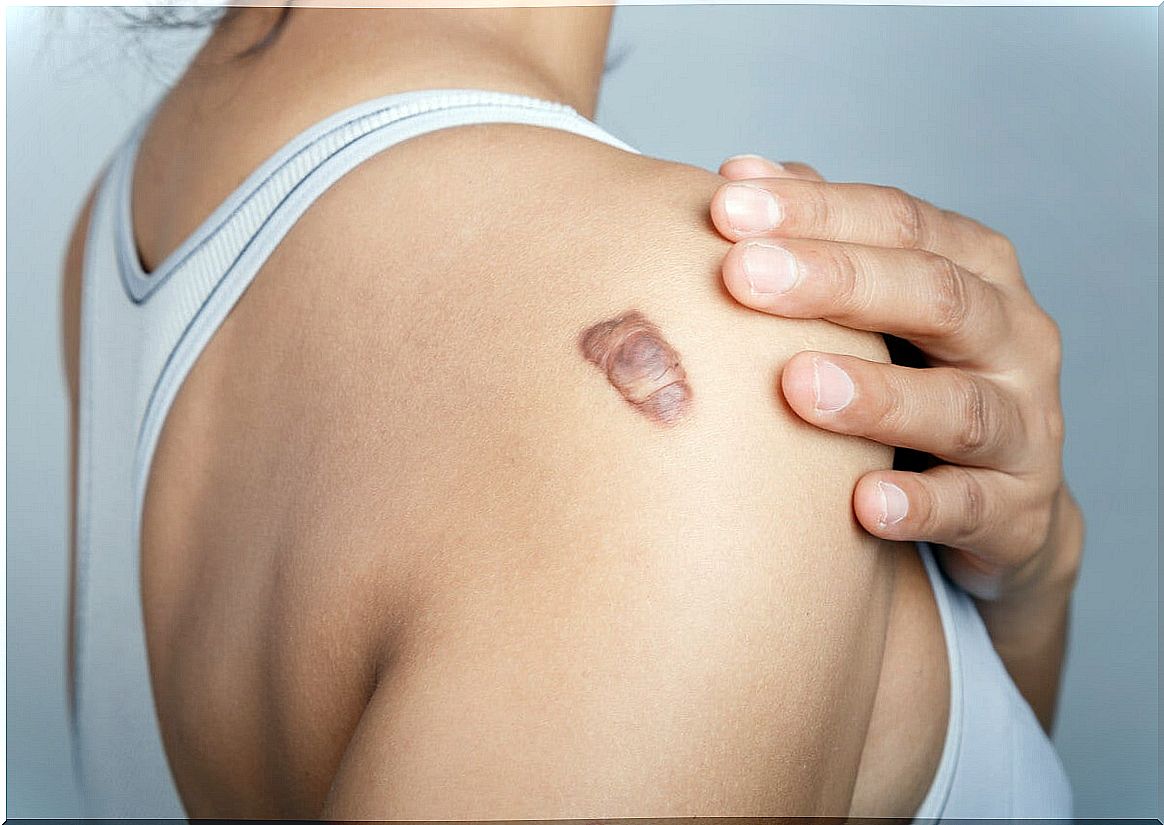
1st. Skin wounds
Skin wound healing involves the proliferation of fibroblasts and keratinocytes, as well as the deposition of collagen. Several observations suggested that, in animal wounds, resveratrol stimulates cell proliferation, accelerating the process.
Things to keep in mind about resveratrol
Resveratrol is increasingly used in cosmetology and dermatology. While there is a large body of in vitro and in vivo evidence that it could be a promising therapeutic agent, clinical trials have yet to confirm its potential.
The future is promising for this substance. Especially in aspects that have to do with adequate healing and protection of dermal tissue against external agents, such as UV radiation. Therefore, it is always preferable to consult with a medical professional to advise on its proper use, until more evidence is gathered.
